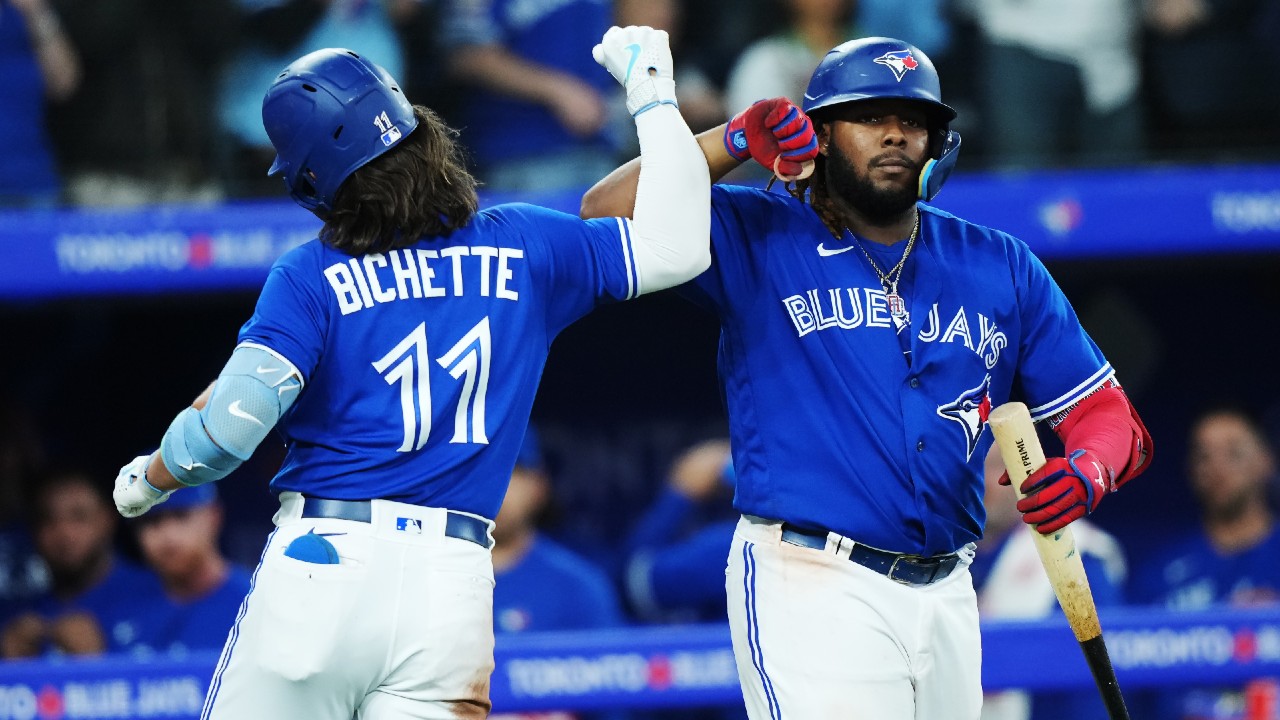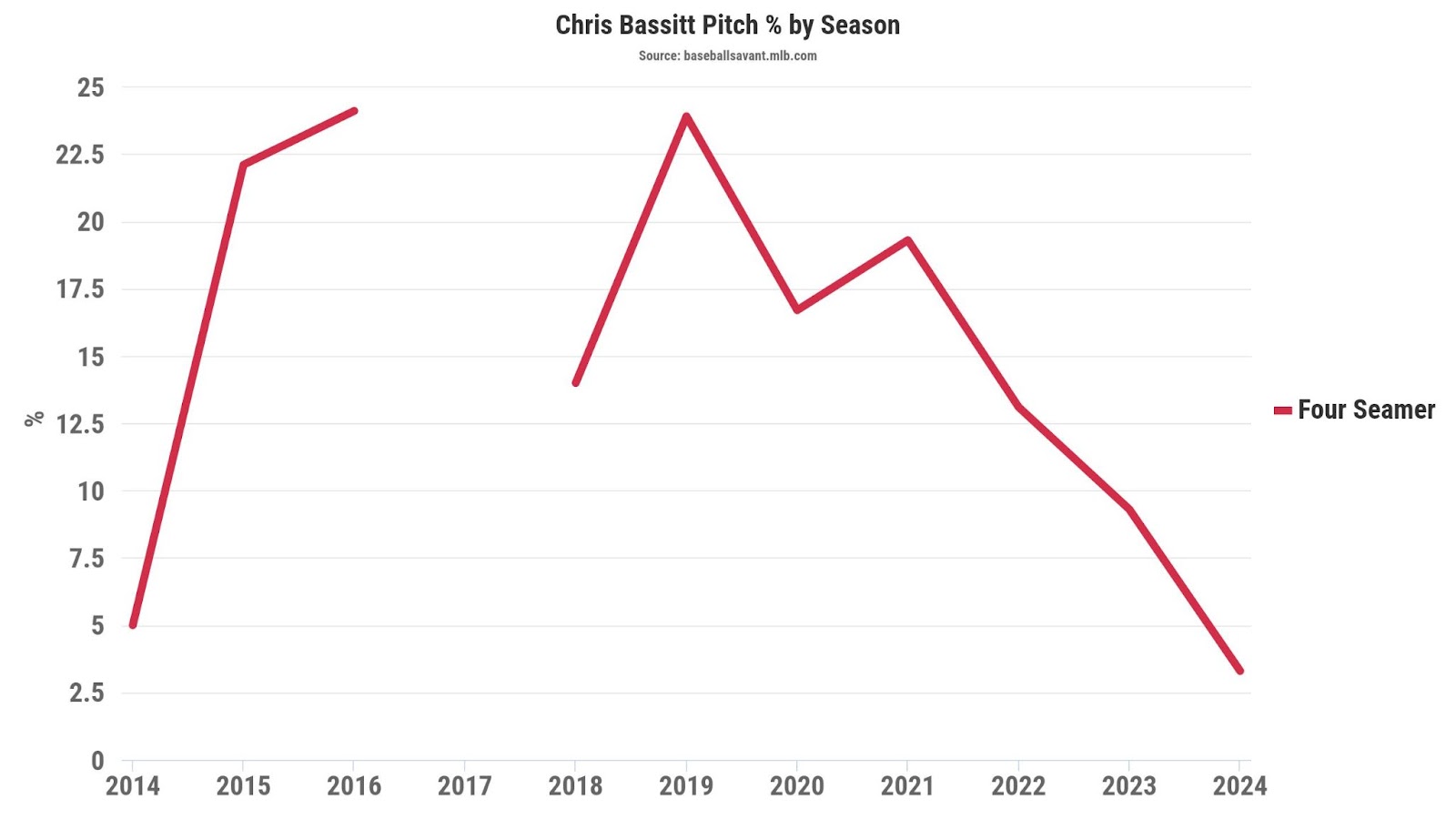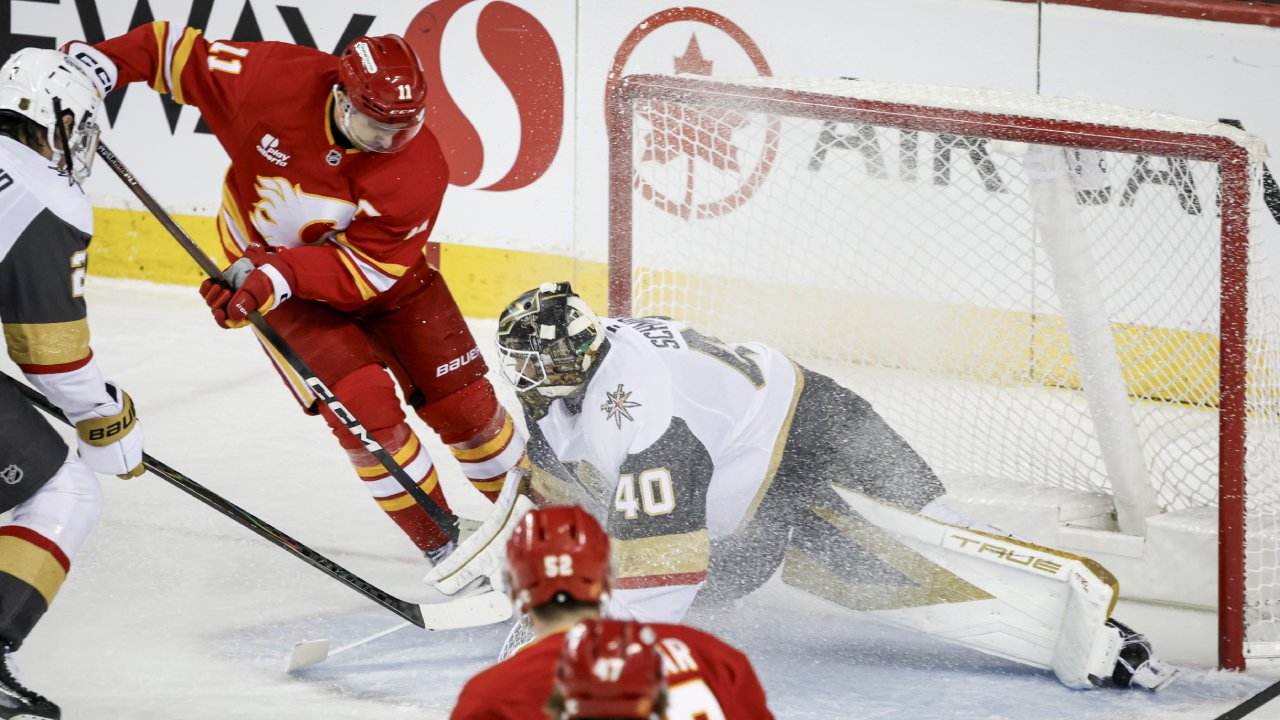
TORONTO — Complexity is at the core of Chris Bassitt’s brand.
The 35-year-old Toronto Blue Jays pitcher wields an eight-pitch repertoire when four is more than enough for most starters, plenty work with three, and some — like his rotation-mate Kevin Gausman — can get by on two.
When you have velocity in the 27th percentile, you need to find creative ways to get hitters out. For some pitchers who lack velo, that means funky arm angles or elite breaking pitches. Bassitt gets the job done with a varied arsenal and the confusion it engenders.
That’s the conventional wisdom around his success, at least.
In broad strokes, there’s a lot of truth to it, but it’s also a little bit deceptive. Consistently emphasizing the breadth of Bassitt’s offerings implies that he’ll throw any pitch in any count to befuddle his foes. He can do that, but it’s worth remembering that this season, half of his pitches have been used less than six per cent of the time. Not every arrow in his quiver is created equal.
This season, he is simplifying his pitch mix, not complicating it. In fact, over the course of his Blue Jays tenure, he’s become more and more focused on throwing his three most commonly used offerings: his sinker, cutter and curveball.
In 2022, those three made up 64.7 per cent of his pitches. Last year, that jumped to 67.2 per cent, and in 2024, it’s risen to 75.5 per cent. During a recent hot streak that’s seen him post a 1.47 ERA in eight starts, it’s up to 79.7 per cent.
Considering repertoire diversification is meant to be Bassitt’s strength, it seems counterintuitive for him to not lean into it further — but it’s also not reasonable to expect him to have eight different pitches that are all excellent. Looking at the Baseball Savant pitch values for his offerings over the last three years, his move toward focusing more and more on three pitches makes sense:
|
Season |
SNK+CUT+CB Pitch Value |
Pitch Value of All Other Pitches |
|
2022 |
+24 |
-11 |
|
2023 |
+23 |
-13 |
|
2024 |
+11 |
-7 |
Those numbers are totals, not rates, and so it’s not surprising Bassitt generated more positive value with the pitches he used most. Even so, that doesn’t account for why everything else is deep in the negative.
If you look at all his pitches that aren’t sinkers, cutters and curveballs, you have 14 single-season individual pitch value scores — five other pitches in 2024 and 2023, and four in 2022 before he introduced the splitter. Just one of those 14 was positive (his changeup in 2023), and one was neutral (his sweeper this year). The other 12 were negative.
These numbers help explain the rationale for his pitch-mix changes, but they don’t mean that Bassitt should be scrapping his core concept and going with a conventional approach. While it’s impossible to quantify the benefit of opponents having to prepare for — and be vigilant of — his many pitches, there’s almost certainly something there that isn’t going to show up in individual pitch results.
Beyond that, many of Bassitt’s lesser-used offerings do have important use cases. His sweeper is probably the best example. Even though it hasn’t produced outstanding numbers from a pitch-value standpoint, it’s an excellent tool for generating whiffs against right-handed batters.
In each of the last two seasons, Bassitt’s sweeper has a whiff rate well north of 40 per cent against righties — and in 2023, he got more strikeouts with it against righties (28) than any other pitch.
Bassitt’s newest pitch, the splitter, also clearly has its uses. The off-speed pitch is the right-hander’s most impressive from a movement standpoint, as it’s well above-average both vertically (plus-11 per cent) and horizontally (plus-22 per cent).
The pitch seems promising, but it’s still developing, and commanding it has been an issue. That said, it’s helpful for Bassitt to have as many options as possible against left-handed hitters and 89.3 per cent of his splitter has been used when he’s at a platoon disadvantage. If it improves further, it could be helpful for a guy who’s allowed lefties to hit .271/.348/.479 off him over the last two years.
Bassitt’s changeup probably doesn’t have the ceiling of the sweeper or splitter, but it also has an interesting role in his repertoire. Over the last two seasons, he’s thrown it far more to right-handers (57.9 per cent) than left-handers (42.1 per cent), and it seems to function as a pure element-of-surprise offering.
Not only are hitters unused to seeing changes from same-handed pitchers, Bassitt’s also occupies a velocity lane (about 84 mph) that comes in neatly between his fastballs (91-93 mph) and his breaking balls (70-74 mph).
His other two pitches — the slider and four-seamer — seem to be more relics of his early career than important components of his current repertoire. Back in 2015, they accounted for 44.1 per cent of his pitches. This year, that’s down to 7.3 per cent with the four-seamer being notably phased out over the years.
Considering that pitch had a minus-9 pitch value last year and resulted in six home runs despite the fact Bassitt threw it less than 10 per cent of the time, the downward trend is understandable.
It simply isn’t fair to expect that every single one of the veteran’s array of pitches will be stellar. If he had eight elite pitches, he would be impossible to hit. As it stands, he has three primary pitches and a variety of lesser options that have their uses.
Recently, Bassitt seems to be leaning into a quality-over-quantity approach and focusing on deploying his best stuff more. It’s hard to dispute that’s working right now. There is probably a tipping point where he wouldn’t be doing enough to remind hitters to stay aware of all his other weapons, but the results say he hasn’t gotten there yet.








